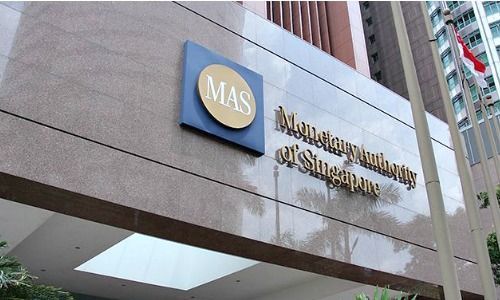MAS Profit Takes Hit
The Monetary Authority of Singapore (MAS) cited a «sharp decline in the global markets» in the final quarter for its lower investment income compared to the previous financial year.
Singapore's central bank net profit for the year ending 31 March stood at S$10.6 billion ($7.61 billion), 44.8 percent lower than the previous year's S$19.2 billion, according to financial statements published on Thursday.
Its foreign reserves grew S$16.3 billion – S$14.2 billion from foreign exchange gains as the U.S. dollar, euro and yen strengthened against the Singapore dollar. Last year, when the Singapore dollar strengthened against most currencies, the figure stood at $1 billion. Investment income, however, was 92 percent down at $2.1 billion, compared to S$25.2 billion the previous year.
Expenses of S$4.4 billion was largely due to higher interest expenses during the year on MAS bills and other borrowings for domestic money market operations, MAS said.
Uncertain Outlook
«The economic situation remains dire,» MAS managing director Ravi Menon said on Tuesday at a virtual briefing for the annual report, adding that the outlook is «highly uncertain» and that recovery will be uneven. MAS forecast global growth at 3.5 percent in the second half of this year, following an estimated fall of 5.5 percent in the first half of the year.
Menon highlighted MAS' efforts in ensuring monetary and financial stability, and said it is «determined that the financial system in Singapore remains robust and resilient,» and that from the results of stress tests against adverse scenarios, banks here are well-placed to weather the risks as they have built up strong capital and liquidity buffers.
He added that MAS is in close discussions with the banks and insurers on their capital management plans. «We want to ensure that they retain adequate capacity to continue providing financial services to support the economy even in extreme tail risk scenarios,» Menon said.
Focus Areas
Menon noted that the financial sector «continues to do remarkably well,» achieving value-added growth of 4.1 percent, compared to GDP growth of 0.7 percent last year, with first-half growth estimated at 5 percent.
He also noted that the regulator is «well-placed to thrive in a post-Covid-19 world,» with digitalization and sustainable finance efforts beginning to bear fruit.


























